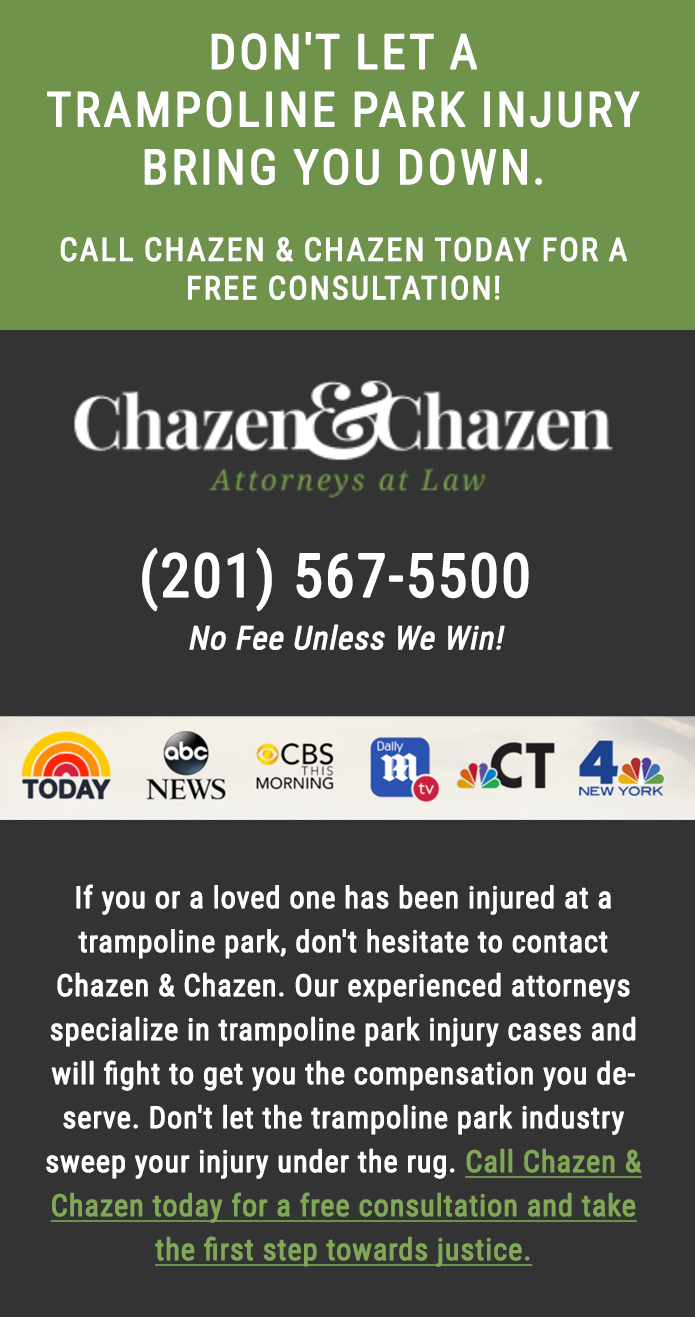Trampoline parks have become a popular form of entertainment for people of all ages. However, with the increasing popularity of trampoline parks, there has also been a significant increase in the number of injuries associated with these facilities. Some of the most common trampoline park injuries include broken bones, sprains, strains, and dislocations. In severe cases, injuries can also include traumatic brain injuries and even death.
According to the Consumer Product Safety Commission (CPSC), trampoline park injuries have been on the rise since 2010. In 2017 alone, there were approximately 17,000 trampoline park-related injuries in the United States, with many of these injuries resulting in hospitalization. This number is expected to continue to rise as more and more trampoline parks open across the country.
One of the main causes of trampoline park injuries is overcrowding. When too many people are jumping on the same trampoline at the same time, it increases the risk of collisions and falls. Additionally, many trampoline parks do not properly enforce safety rules, such as limiting the number of people on a trampoline at one time, and do not provide adequate training or supervision for jumpers.
Another significant concern is the lack of regulations and standards for trampoline parks. Currently, there are no federal regulations in place for trampoline parks, and the industry is largely self-regulated. This lack of oversight can lead to unsafe conditions and inadequate safety measures.
Injuries at trampoline parks are not just limited to children, but also adults. The average trampoline park customer is unaware of the hidden dangers inherent in trampoline park design, operation, and features. These include:
- Children under 6 should not be allowed on trampolines. Medical groups and the CPSC warn against it, but trampoline parks such as Sky Zone often allow children as young as 4 to jump.
- The trampoline beds are thick, stiff, surrounded by 100 heavy springs, and sealed creating a diaphragm effect, as compared to the less tensioned and perforated gymnastic, and backyard trampolines. The trampoline beds vary in tension from the center to the sides, and recoil with tremendous bone-breaking speed/force.
- The trampolines are interconnected and jumpers are continually at risk from other jumpers who may jump on the same trampoline and cause a collision or double jump (where the recoil or snap back of the trampoline bed causes injuries); and energy transfers occur from jumpers on other trampolines in the field of trampolines making the trampoline surfaces unpredictable.
- Trampoline parks purposely offer no skill assessment or instruction. Their employees are prohibited from offering any help on how to jump. As far as the trampoline parks are concerned, it is up to the jumpers to know how not to exceed their skill level. The average jumper has no knowledge of how to perform basic skills, let alone what is beyond their skill level.
- Advanced Skills – Advanced trampoline jumping maneuvers are especially dangerous for the non-athletic and/or untrained jumper. The high risk of injury when exceeding one’s skill level is cautioned against by the USAG, ASTM, CPSC, and even the IATP in its never published/self-suppressed 2015 Risk Management Manual.
In conclusion, trampoline parks can be a fun and exciting activity, but it is important to be aware of the potential dangers and to take necessary precautions.
If you or a loved one has been injured at a trampoline park, don’t hesitate to contact Chazen & Chazen. Their experienced attorneys specialize in trampoline park injury cases and will fight to get you the compensation you deserve. Don’t let the trampoline park industry sweep your injury under the rug. Call Chazen & Chazen today at (201) 567-5500 for a free consultation and take the first step towards justice.

